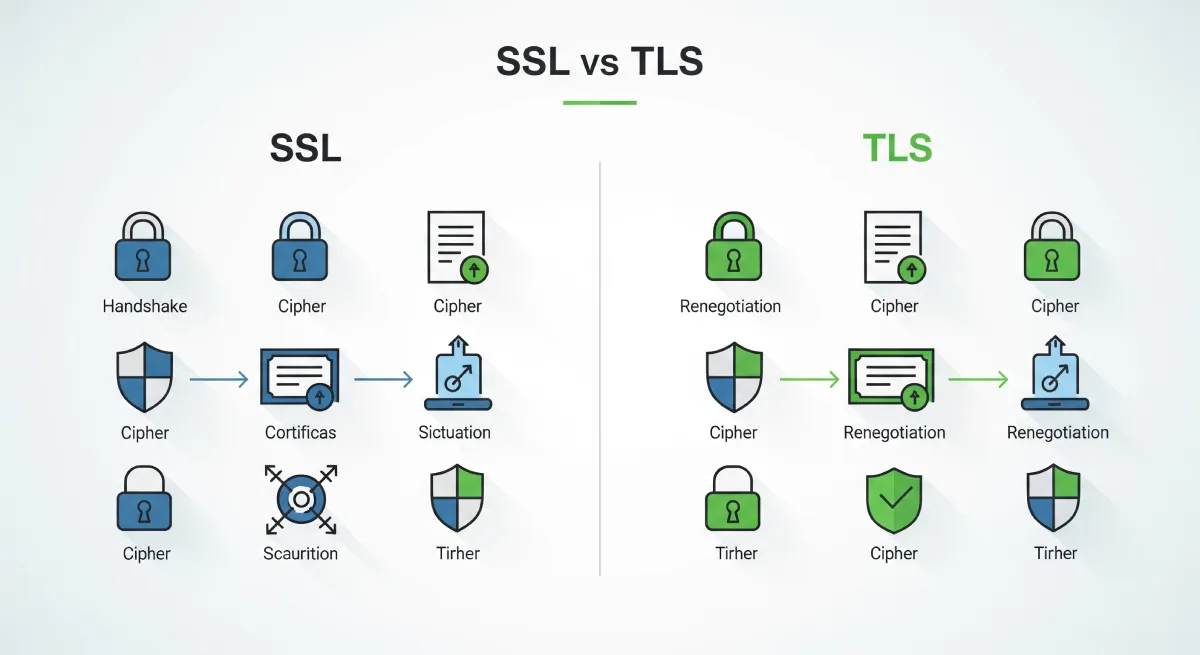In the world of programming, there are hidden gems that can unlock new possibilities and streamline our code. Two such gems in the C programming language are the ftell() and fseek() functions. These functions hold immense power when it comes to file handling and navigation, and in this article, we will delve deep into their magic to help you harness their full potential.
Understanding ftell() and fseek()
Before we dive into the practical applications of ftell() and fseek(), let’s understand what they do. The ftell() function is used to determine the current position within a file, while fseek() allows us to set the position indicator within a file.
When combined, these functions provide us with a flexible toolkit for manipulating files in C. By knowing where we are in a file and being able to navigate to specific positions, we can perform a wide range of operations, such as reading, writing, and modifying file contents.
Advantages of ftell() and fseek()
The power of ftell() and fseek() lies in their versatility and efficiency. Here are some key advantages they offer:
1. Random Access within Files
One of the most significant benefits of ftell() and fseek() is the ability to perform random access within files. Unlike sequential access, where data is read or written from start to end, random access allows us to jump directly to any position within a file. This feature is particularly useful when dealing with large files or when we need to access specific parts of a file without iterating through the entire content.
2. File Position Management
ftell() and fseek() enable precise control over the position within a file. With ftell(), we can retrieve the current position, which is represented as a byte offset from the beginning of the file. This information can be valuable when we want to remember a specific location or calculate the size of a file.
On the other hand, fseek() empowers us to set the file position to a desired location. We can move the position indicator relative to the current position or even set it from the beginning or end of the file. This flexibility allows for efficient navigation and targeted operations within files.
3. File Modification and Truncation
With the help of ftell() and fseek(), we can modify specific portions of a file without rewriting the entire content. By combining fseek() to move to the desired position and subsequent read and write operations, we can insert, overwrite, or delete data within a file efficiently. Additionally, fseek() can be used to truncate a file, effectively reducing its size.
Practical Use Cases
Now that we understand the power of ftell() and fseek(), let’s explore some practical use cases where these functions shine:
1. Parsing Structured Data
When working with structured data stored in files, ftell() and fseek() can be invaluable. Imagine a scenario where you have a large CSV file with multiple columns, and you need to extract specific information from certain rows. By using fseek() to navigate to the desired row and then reading the data using other file I/O functions, you can extract the required information efficiently.
2. Implementing Seekable File Streams
In certain applications, seekable file streams are crucial. These streams allow users to rewind or skip portions of the file as needed. By using ftell() and fseek() in combination with other file I/O operations, you can implement seekable file streams, providing enhanced user experience and increased functionality.
3. Error Recovery in File Processing
When processing files, errors can occur, such as unexpected input or invalid data. In such cases, ftell() and fseek() offer a way to recover from errors. By using ftell() before performing operations, you can mark checkpoints within the file. If an error occurs, you can use fseek() to return to the nearest checkpoint and resume processing from there.
Differences between the ftell() and fseek() functions
| ftell() | fseek() |
|---|---|
| Used to determine the current position within a file. | Allows setting the position indicator within a file. |
| Returns the current position as a byte offset from the beginning of the file. | Moves the position indicator to a specified location. |
| Provides information about the current position in a file. | Enables precise control over the position within a file. |
| Does not change the position indicator in the file stream. | Changes the position indicator in the file stream. |
| Read-only function for obtaining the current position. | Read-write function for setting the position. |
| Useful for calculating the size of a file. | Useful for navigating to specific locations in a file. |
| Does not move the position indicator. | Moves the position indicator to the specified location. |
| Helpful in scenarios where knowing the current position is necessary. | Essential when precise control over the file position is required. |
| Does not affect the content of the file. | Can modify the content of the file by moving to a specific position. |
| Useful for scenarios where the read/write position needs to be known. | Useful for scenarios where navigation and modification within a file are required. |
Conclusion
ftell() and fseek() are powerful tools in the C programmer’s arsenal. With their ability to navigate files with precision and perform targeted operations efficiently, they open up a world of possibilities. Whether you need to parse structured data, implement seekable file streams, or handle error recovery, ftell() and fseek() have got you covered.




